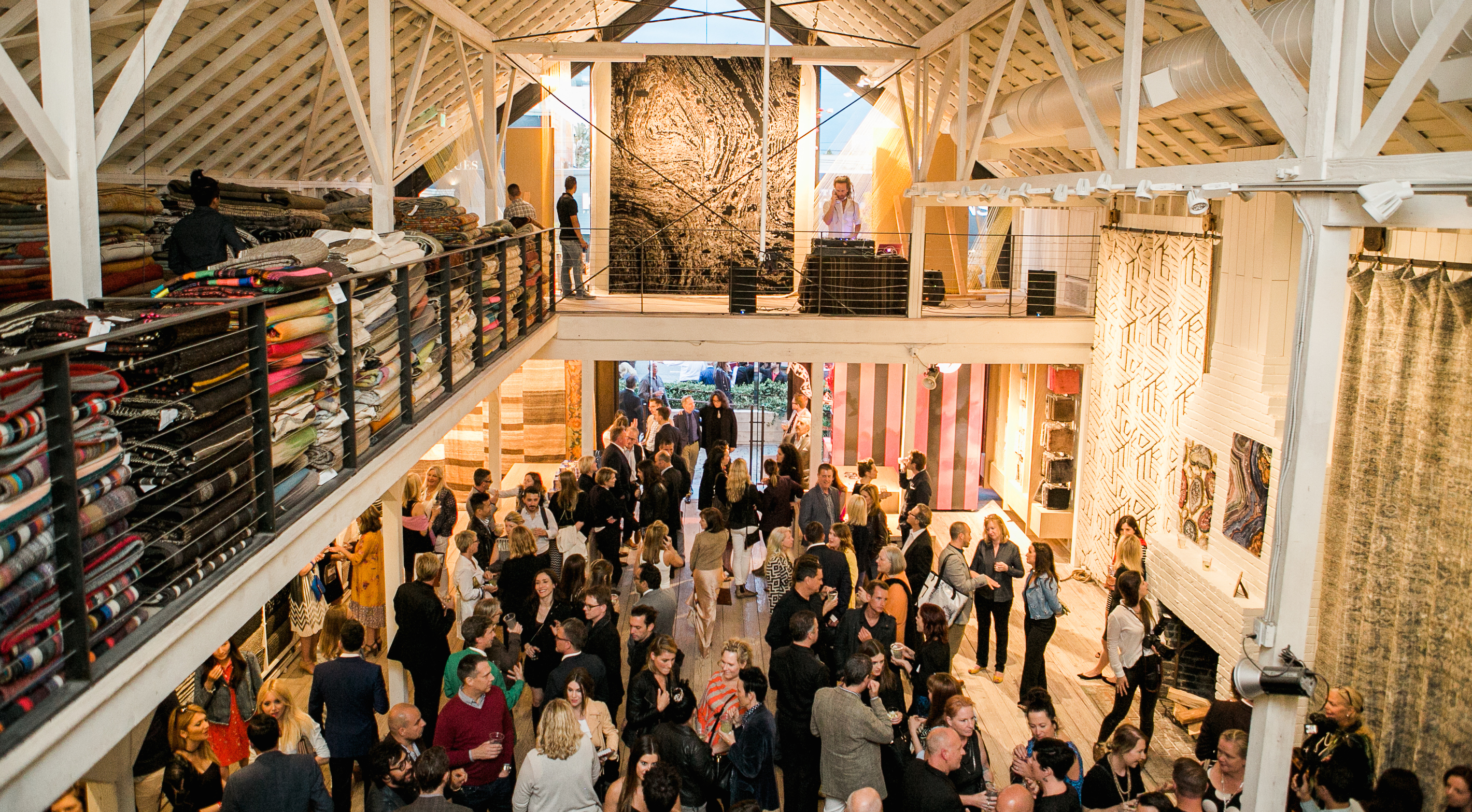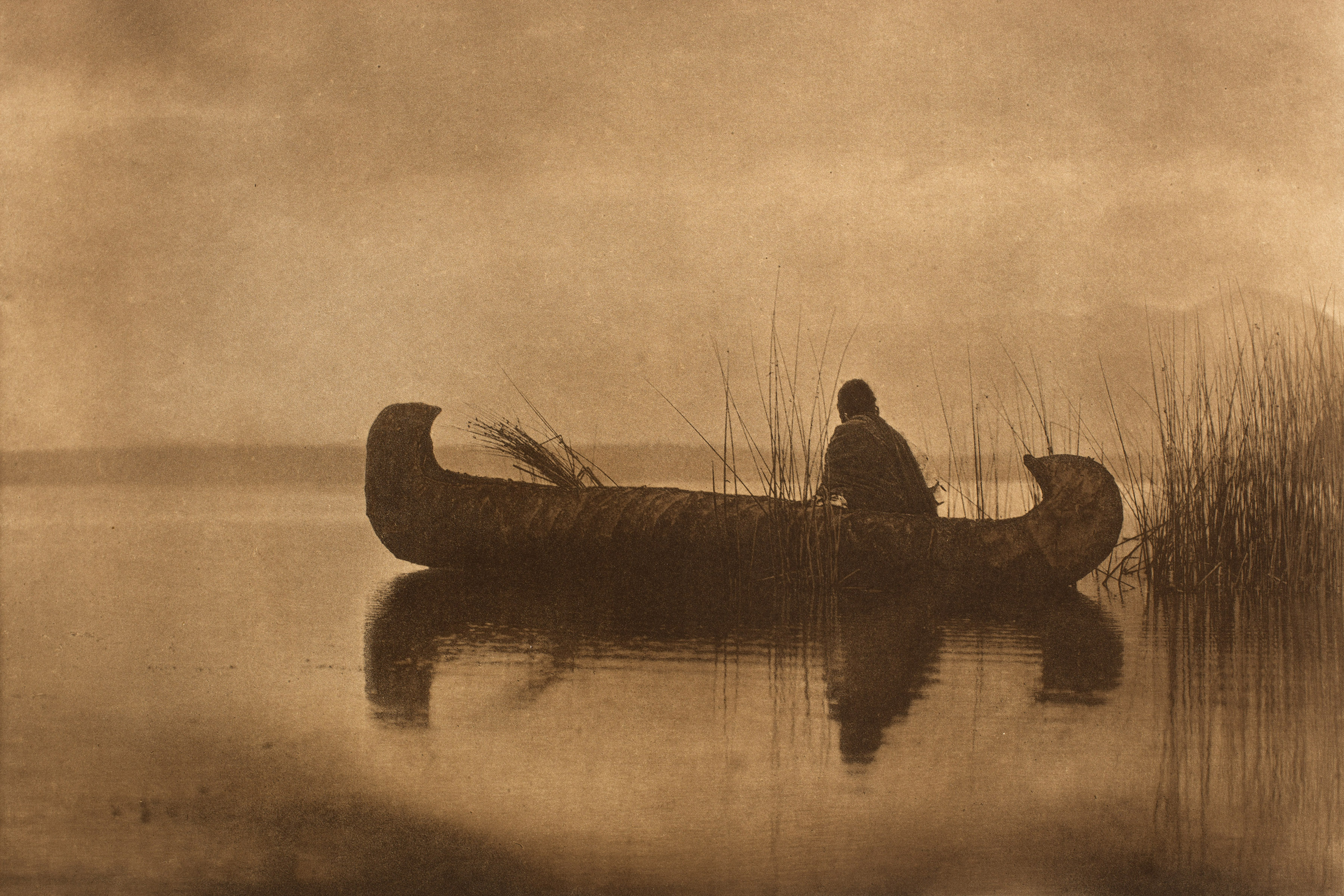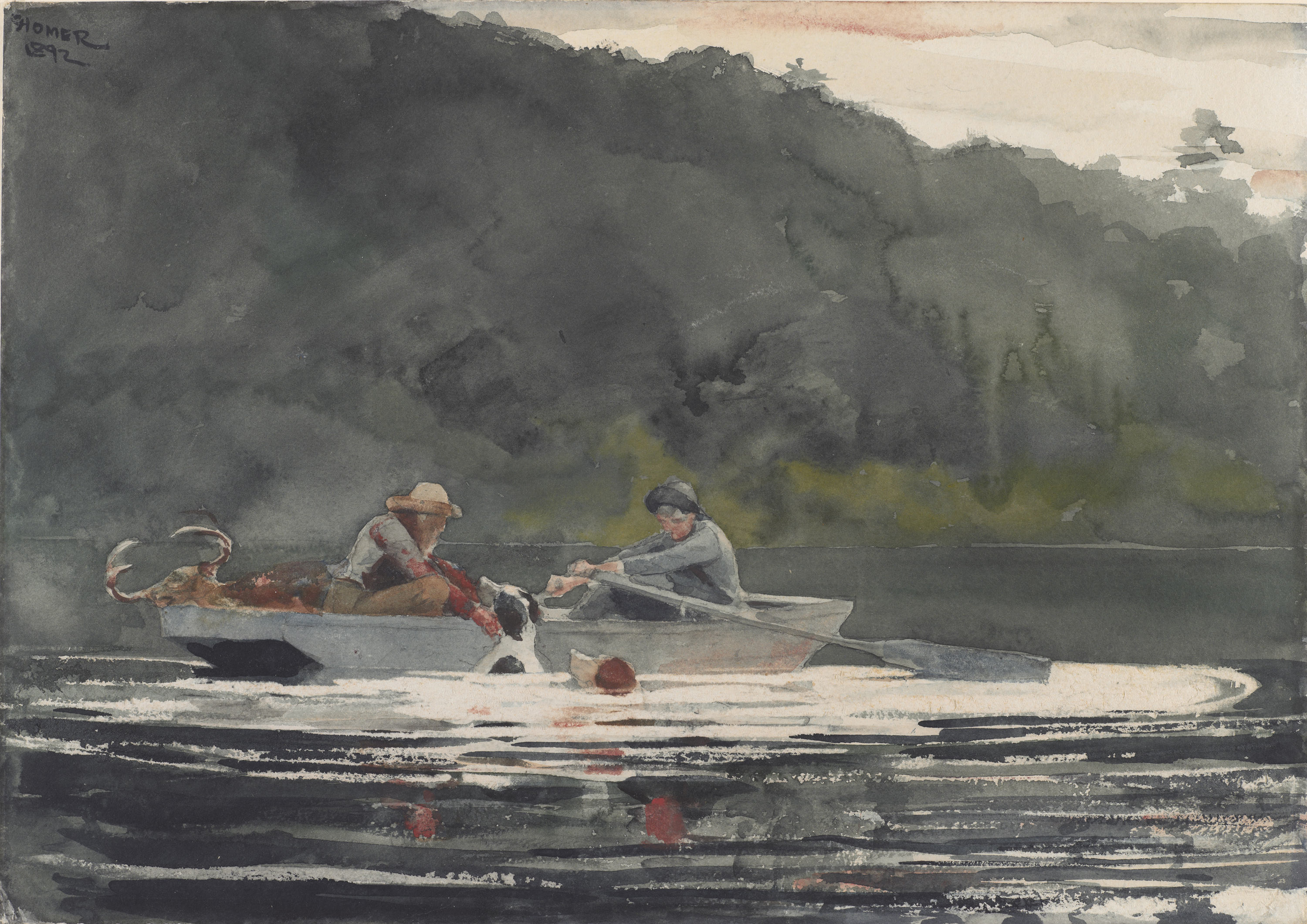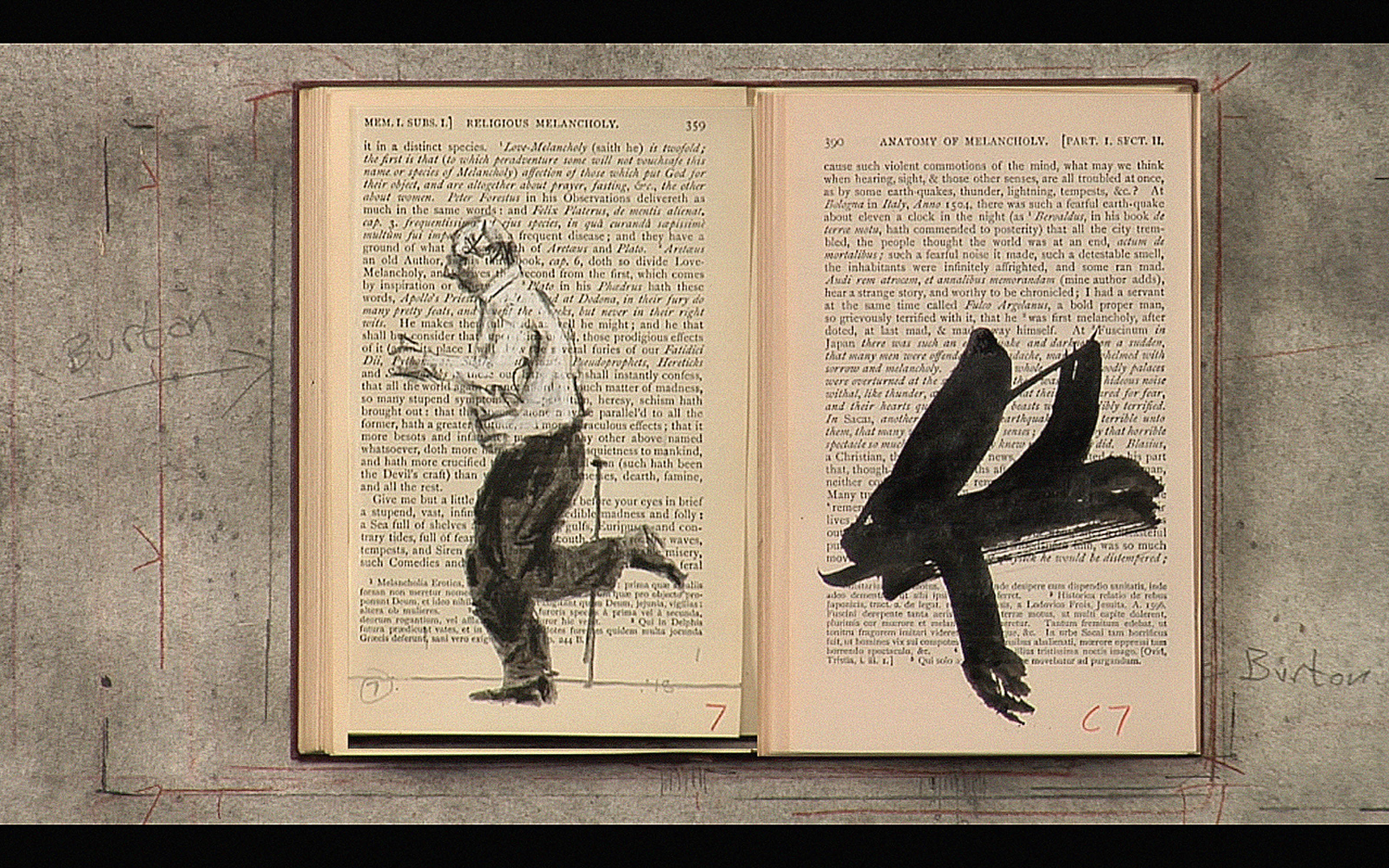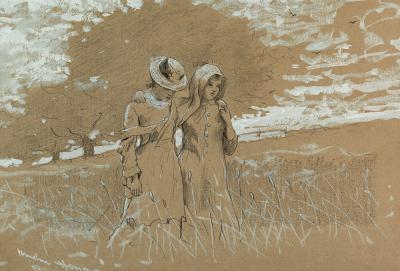This Week’s Events: LEGENDS 2017, George Nakashima, Modern Art from The Phillips Collection, Iconic Photographs & More
Los Angeles
LEGENDS: Your True Colors
May 9-11, 2017
La Cienega Design Quarter
West Hollywood, California
For more information, visit lcdqla.com
Each year, thousands of VIPs and tastemakers from the worlds of interior design, decor, art, fashion, and architecture converge for LEGENDS, a three-day celebration of design in West Hollywood. The annual event is held in La Cienega Design Quarter (LCDQ), a shopping destination comprised of a membership-based consortium of nearly sixty purveyors of art and design, including Fuller + Roberts, Lee Stanton Antiques, and Dragonette Ltd. The galleries are presenting this year’s theme, Your True Colors, with window displays that express originality and diversity.
Beyond the windows, LEGENDS is a meeting place for thousands of editors, collectors, and design-world potentates who will participate in a flurry of activities, from receptions and panel discussions to cocktail parties and book signings. This a rare opportunity for the arbiters of taste to map emerging trends and engage in a conversation about what’s hot (and what’s not). The annual event is a testament to the shopping district’s status as the epicenter of the Los Angeles design community.
Philadelphia
George Nakashima: Rare & Unique Works
May 12-August 12, 2017
Moderne Gallery, 111 N. 3rd Street, Philadelphia, PA.
For more information, call 215.923.8536 or visit modernegallery.com

- Sled-based coffee table. Courtesy Moderne Gallery, Philadelphia, PA.
George Nakashima (1905-1990), widely regarded as one the most influential makers of 20th-century furniture, was a master of synthesizing architectural and organic forms. Renowned for his use of irregular slabs of wood with cracks, holes, and other flaws, rather than try to conceal these imperfections, Nakashima highlighted the personality of each piece, sometimes by inserting butterfly rosewood inlays into fissures in the wooden matrix. In this way, Nakashima honored the spiritual character of wood, paying homage to what he called the “second life” of a tree.
A forthcoming exhibition at Moderne Gallery, in Philadelphia, brings together forty rare and unique pieces of furniture by the Japanese-American woodworker, including chairs, dining tables, end tables, coffee tables, desks, buffets, and benches. Nakashima seldom produced the same design twice, but all the works on view represent some form of departure from his preferred materials and techniques. Among the highlights are an English oak burl sled-based coffee table, an adjustable-height print stand for the display of Japanese woodcuts, and a custom wall sculpture with book-matched free-form slabs of American black walnut.
Founded in 1984, Moderne Gallery began to promote the work of George Nakashima the following year—making it the first gallery to recognize the importance of the epoch-defining woodworker. Moderne Gallery organized its first exhibition of Nakashima furniture in 1989.
Michigan
Edward S. Curtis: The North American Indian
May 11-September 10, 2017
Muskegon Museum of Art
296 W. Webster Avenue, Muskegon, Michigan
For more information, call 231.720.2570 or visit muskegonartmuseum.org
Much of the historical record of Native Americans, their landscape, lifestyles, and rituals was the result of thirty years of tireless effort by photographer Edward S. Curtis to document what he believed to be a “vanishing race.” An exhibition at the Muskegon Museum of Art celebrates the artistic genius and cultural legacy of this early-1900s photographer who sacrificed his health, marriage, and prosperity to undertake his quest, which changed the way a nation viewed the indigenous peoples of North America.
Curtis’ now iconic work consists of twenty volumes of ethnographic research accompanied by a portfolio of photogravures; ultimately, Curtis published approximately 222 complete sets documenting eighty tribes. More than 10,000 Native Americans participated in Curtis’ endeavor, which, in addition to the photographs, comprised 10,000 audio recordings and a feature film. This exhibition is the most comprehensive and largest survey ever presented on the North American Indian and is exclusive to the Muskegon Museum of Art. In addition to 723 portfolio photographs, the exhibition will include all the bound volumes, original field recordings of music, historical objects from Curtis’ life and work, and cultural artifacts represented in the images.
Texas
A Modern Vision: European Masterworks from the Phillips Collection
May 14-August 13, 2017
Kimbell Art Museum
3333 Camp Bowie Blvd., Fort Worth, TX
For more information, call 817.332.8451 or visit kimbellart.org

- Pablo Picasso, Bullfight, 1934. Oil on canvas, 19 5/8 x 25 3/4 in. Courtesy The Phillips Collection. © 2015 Estate of Pablo Picasso / Artists Rights Society (ARS), New York.
Philanthropist Duncan Phillips was an early proponent of modern art and its sources. In 1921, he founded The Phillips Collection in Washington, D. C., America’s first museum devoted exclusively to modern art. Works by twentieth-century masters including Pierre Bonnard, Pablo Picasso, Henri Matisse, and Piet Mondrian are shown with earlier works by Camille Corot, Gustave Courbet, Eugene Delacroix, Edouard Manet, and others, along with Impressionist and Post-Impressionist masterworks by Edgar Degas, Paul Gauguin, Vincent van Gogh, and Claude Monet. After Phillips’ marriage to artist Marjorie Acker, his collecting expanded to include modern American painters as well as French, Swiss, German, and Austrian artists from 1850-1950.
While the original museum building is undergoing restoration in 2017-2018, seventy paintings and sculptural works are included in the traveling exhibition A Modern Vision, opening at the Kimbell on May 14. Important selections include works by Philips’ favorite artists, including Bonnard, Kandinsky, and Picasso. The exhibition gathers, in Phillips’ own words, “congenial spirits among the artists from different parts of the world and from different periods of time.”
Maine
Why Draw? 500 Years of Drawings and Watercolors at Bowdoin College
Through September 3, 2017
Bowdoin College Museum of Art
9400 College Station, Brunswick, ME
For more information call 207.725.3275 or visit artmuseum@bowdoin.edu
|
College museums are repositories of important works, and the Bowdoin College Museum of Art is no exception. This spring, the BCMA presents the first survey of its extensive collection of drawings, widely considered the oldest public collection of works on paper on the continent. In Why Draw?, 150 works by American and European artists from across cultures and time periods are brought together. Discussion points examine the reasons that compel artists to draw, with topics ranging from the traditional functions of drawings in artistic education and studio practice to the creation of formal and poetic works.
The BCMA’s collection of works on paper was established with an initial gift of 141 works in 1811 and has expanded through subsequent gifts and acquisitions from alumni, artists, and patrons. These include the first-ever watercolor by Winslow Homer to enter a museum collection to contemporary works, a number of which are in the exhibition. Related public programs are ongoing until Why Draw? closes in September.















